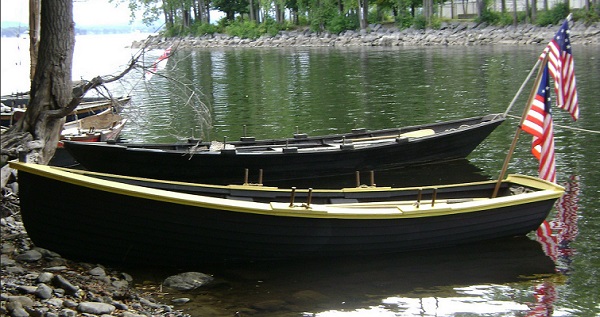

 |

|
|
Boats in the Mud In an odd turn of irony, both the first and the last major battles of the War of 1812 went wrong because of small boats. At the battle of Queenston it was the Americans who suffered from boat difficulties, but at New Orleans it was the British. In the days since the artillery duel on January 1st, Jackson had plenty of opportunity to strengthen his defenses. Every morning the USS Louisiana was moved down river so it could fire on any British troops attempting to advance along the river. In addition, Jackson sent troops and artillery to the west side of the river to serve the same function. Pakenham saw the danger at once and made plans to resolve the issue. Realizing that the American positions on the west bank would be a problem even if they could sink the USS Louisiana as they had the USS Carolina earlier, he planned an attack on the west bank. American forces there were ripe for the picking. Jackson had sent men to this side of the river that were short of muskets and their defenses all faced the river to resist shelling from the British guns. Virtually no defenses faced south to stop a ground assault. But Pakenham had to send for boats from the fleet 80 miles away and a canal even had to be dug to get the boats into the Mississippi River. By the evening of the 7th the canal had been finished and the boats were being brought up, but shortly after they arrived they became mired in the famous Mississippi mud. Sailors struggled to get the boats into the river and anyone approaching them to get into the boats for the crossing sank up to their waists. By 5AM Pakenham learned that less than half of the brigade planned for the west bank attack had been loaded onto the boats and the crossing had not yet begun. Despite this setback, Pakenham decided to attack anyway, concentrating the attack on the left of Jackson's line . . . as far away from the river as possible.
|